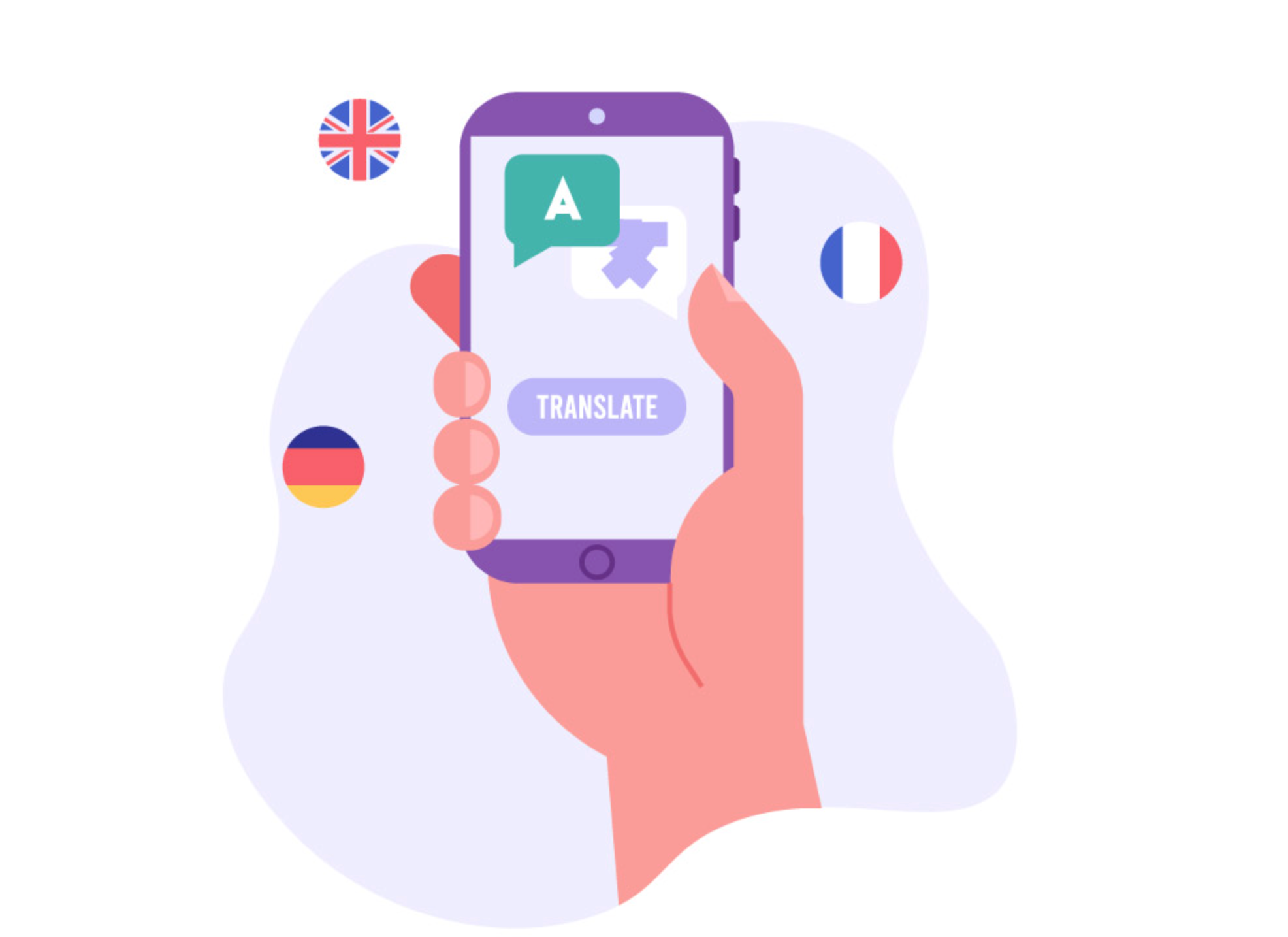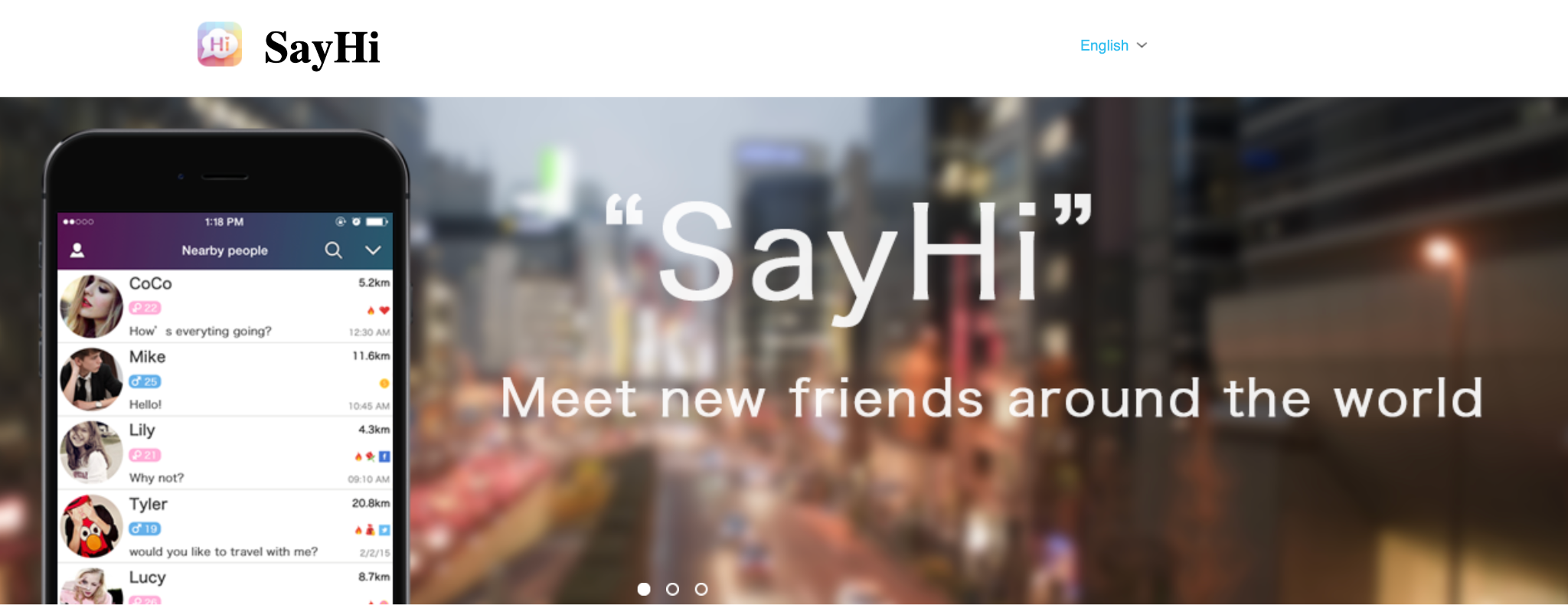
Start a free trial and enjoy 3 months of Shopify for 1 $/month on select plans. Sign up now

In today’s global-commerce environment, running a store that serves customers across borders means more than just shipping internationally, it means speaking their language (often literally). A well-translated website, product description, chat interface or onboarding experience can significantly boost trust, conversion and retention. Translation apps are now a vital tool in the merchant’s toolkit.
Here are 7 of the best translation apps suited for global stores, each with strengths (and caveats) you should consider.

Google Translate remains the world’s most widely used translation app, and for good reason. It supports an impressive range of languages and features text, voice, and image translation modes, making it a versatile companion for store owners. Whether you need to quickly translate a product inquiry, social post, or review, Google Translate can handle it in seconds. Its convenience and accessibility make it an excellent starter tool for any global merchant.
Best use-case for global store:
When you need a fast translation for a customer inquiry, product review, menu/signage text or marketing snippet. Great as a backup tool for quick queries by your team.

Microsoft Translator is another powerhouse designed for both individual and business use. Its strong language coverage and accuracy make it reliable for customer communication and internal team collaboration. One of its standout features is the real-time group conversation mode, perfect for multilingual team meetings or customer support interactions. It’s a professional-grade app with enterprise reliability behind it.
Best use-case for global store:
Ideal for internal use by store staff: e.g., if support staff in Hanoi are assisting customers from multiple languages, or if you have in-person stores where staff interact with multilingual customers.

iTranslate focuses on mobility and ease of use, making it perfect for store owners and staff who frequently travel or work remotely. The app supports a vast number of languages and provides both voice and text translation. Its offline mode is particularly useful in regions with unreliable internet connectivity. While premium features require a paid plan, iTranslate offers solid performance for quick translations and on-the-go conversations.
Best use-case for global store:
When your staff are on the go and need to communicate quickly (e.g., pop-up store staff, tradeshow booths, cross-border order fulfilment staff), voice/translation tools like this can help.

DeepL is praised for its unmatched translation quality, especially when it comes to European languages. Unlike many apps that focus on quantity, DeepL emphasizes accuracy, grammar, and natural tone — key factors for maintaining brand voice and professionalism. If you’re localizing marketing materials, product descriptions, or support documentation, DeepL delivers translations that sound human and polished. It’s a must-have for stores targeting European markets.
Best use-case for global store:
When you’re localizing major assets, such as product catalogs, website UX copy, help centre articles — and you’d rather go higher-quality versus lowest-cost. Especially useful if you operate in markets like Germany, France, Netherlands, etc.

Developed by Naver, Papago is a top choice for Asian markets. It’s specifically optimized for Korean, Japanese, Chinese, Vietnamese, and Thai translations, areas where other tools sometimes fall short. Its smooth interface, image recognition, and offline features make it highly practical for everyday store operations. If your eCommerce business serves Asian customers, Papago ensures your translations are not just accurate but culturally appropriate.
Best use-case for global store:
If you target Asia (e.g., Vietnamese, Thai, Korean-language customers) then integrating Papago for those markets can help with culturally nuanced translation and better local experience.

SayHi Translate is a lightweight yet effective app focused on simplicity and fast results. It’s excellent for staff who need to communicate quickly with customers in different languages, such as in-store assistants or customer service teams. The app’s voice-to-voice translation works smoothly in live situations, making multilingual conversations easy and stress-free. It may not have enterprise features, but it’s perfect for immediate communication needs.
Best use-case for global store:
When staff need a simple, fast translation tool for chat with a customer, or when in-person store staff encounter a customer speaking an unfamiliar language. Good as a “tool in the field” rather than for high-volume content translation.

Unlike mobile apps, Translation Lab is built directly for Shopify stores. It automates the translation of your website content, product pages, and checkout process using advanced AI. With multi-language and multi-currency support, it enables seamless global shopping experiences. You can manage translations right inside your Shopify dashboard, reducing manual work and maintaining a consistent brand voice across markets.
Best use-case for global store:
When you’ve scaled beyond occasional translation and you maintain a full-blown global storefront: product pages, UI text, marketing emails, checkout flows in multiple languages. A dedicated localization tool is almost essential.
Choosing the right translation app depends on your store’s scale, target markets, and communication needs. Some tools are great for quick translations, while others are built for full-store localization and automation. To make the right decision, consider these key factors:
Global checkouts, multilingual support, localised marketing, these are no longer optional for competitive stores. The translation apps above help bridge the gap, but remember: automation + human review = best outcome. Even the best machine translation can stumble on idioms, cultural nuance, brand tone, and domain-specific vocabulary.
So using the right app (or combination of apps) and building internal workflows (review/QA/localization) will give your global store the real edge.